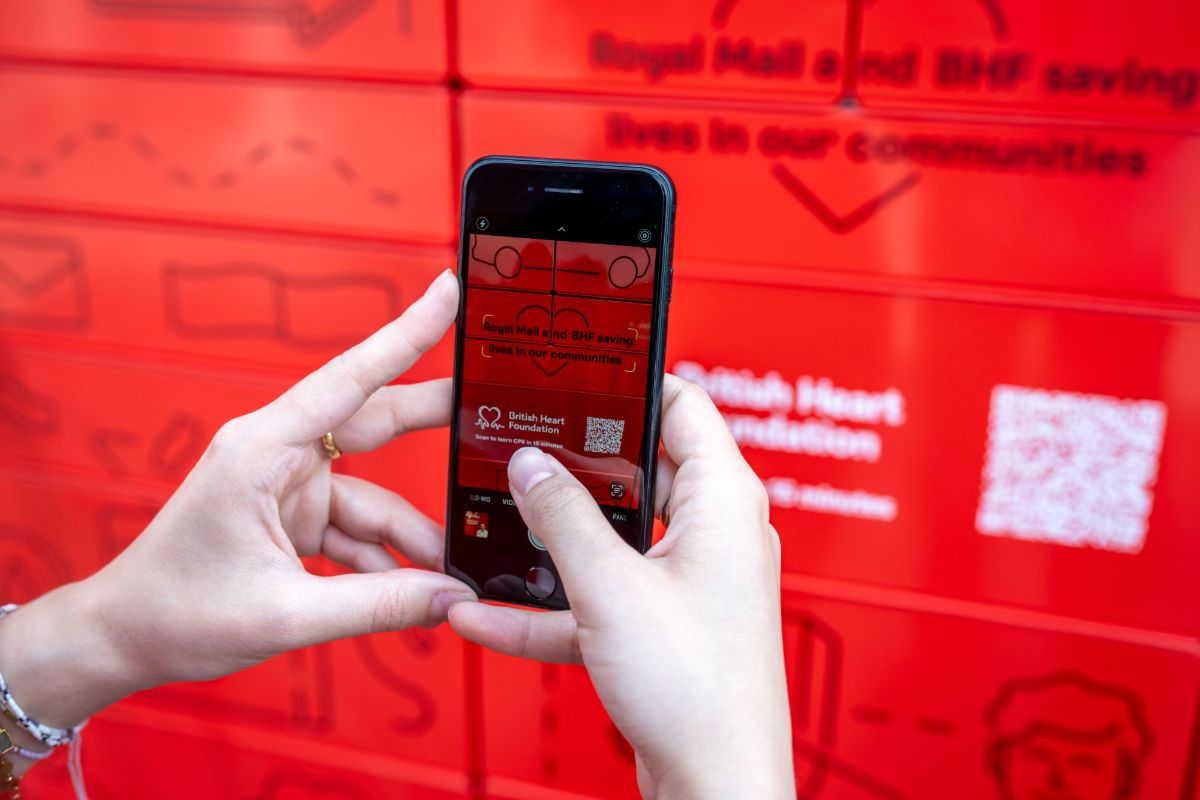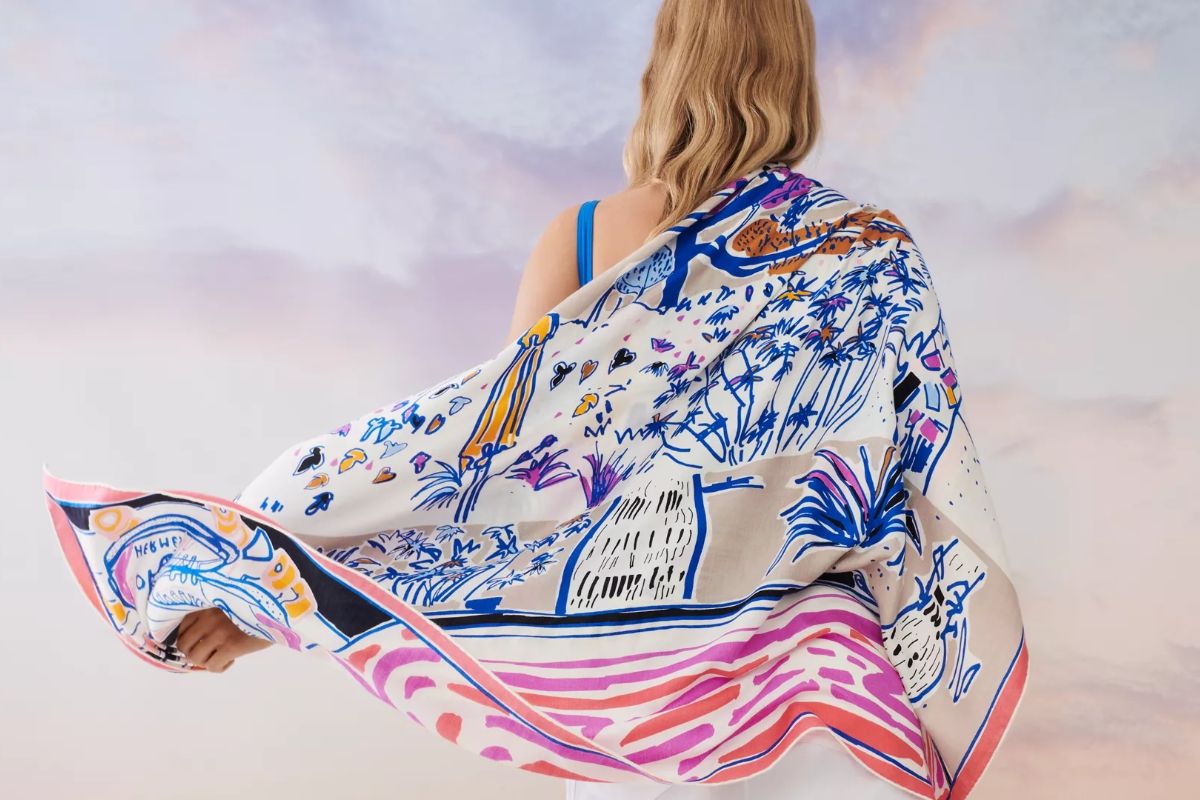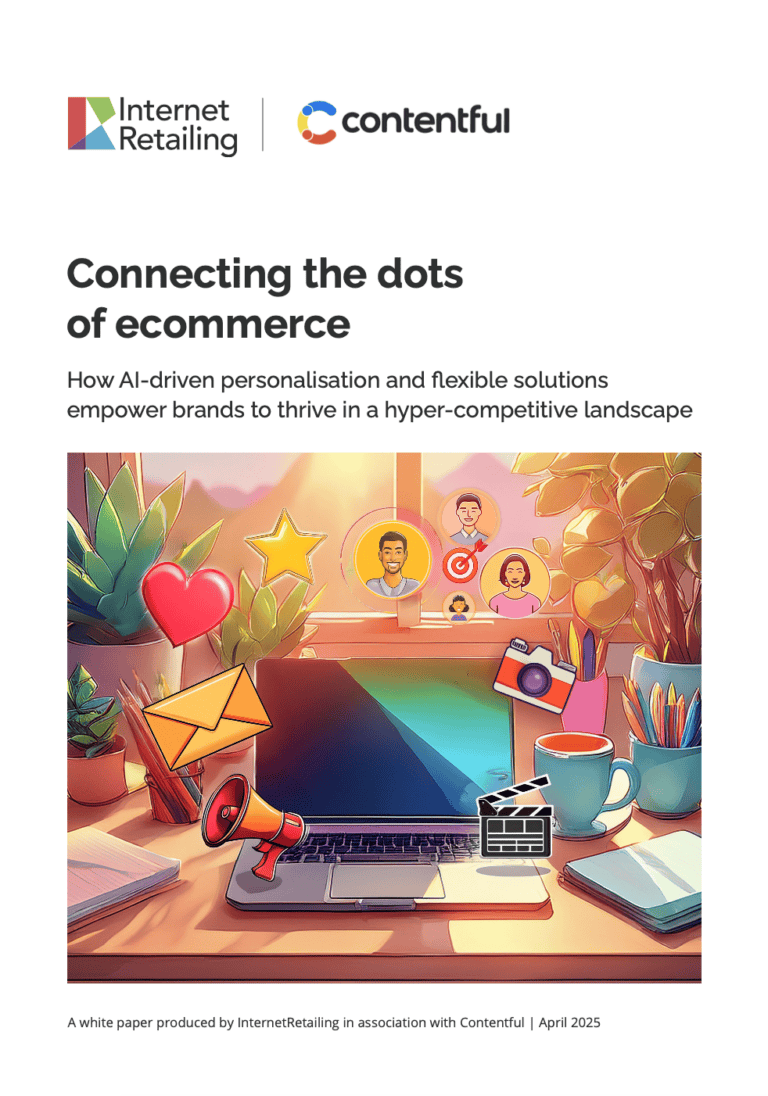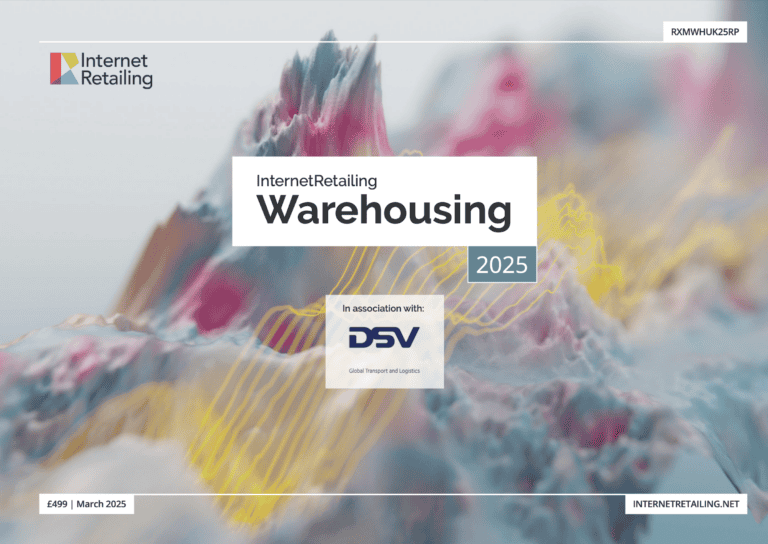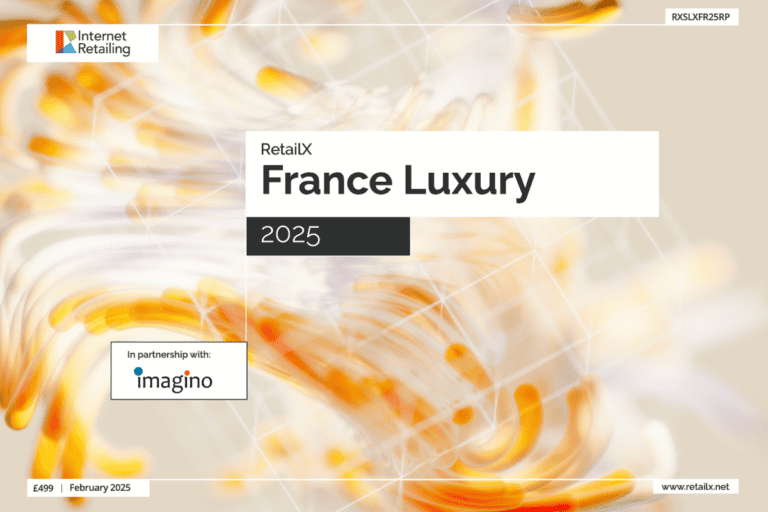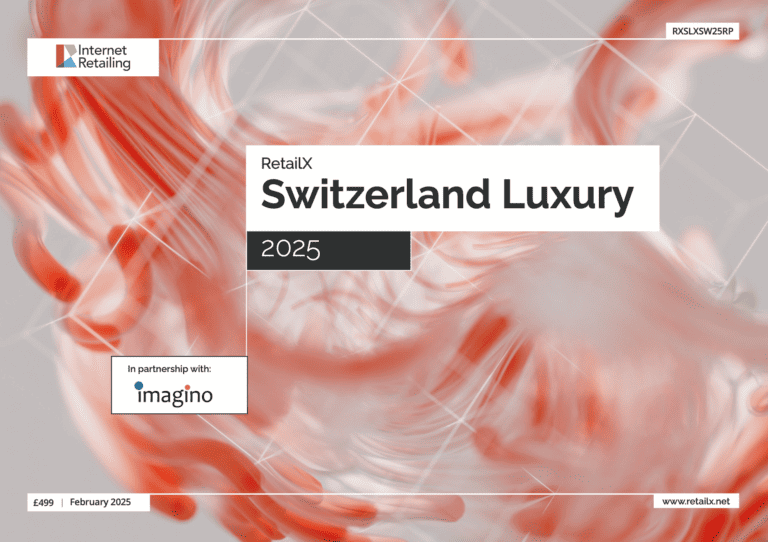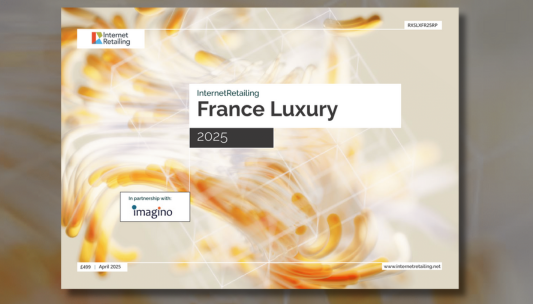The pre-loved fashion market is gaining ground as more retailers start to explore how re-selling fashion items is not only good for the environment, but also is a great way to attract and keep a younger audience.
H&M, which is already the majority owner, has seen Sellby expand across 20 European countries, extending its reach to 24 regions worldwide and giving the fashion retailer a whole new revenue stream based around second-hand fashion.
Meanwhile, Etsy – famed for targeting 30-somethings with comfy vintage – has bought Gen Z second-hand fashion favourite Depop, adding a raft of new pre-loved and vintage to its roster, but also bringing the Etsy brand to a much wider – and younger audience.
Both these moves are commendable from an environmental perspective, but they show how shifting to the circular economy, especially in fashion, is now a business imperative.
Both these companies need to expand their reach and create new revenue streams. For H&M it is a matter of working out how to sell more without selling ‘more’ and being seeing as an environmental pariah. For Etsy, as said, it needs to reach down to a much younger audience to expand its brand reach and, one presumes, groom the next generation of Etsy shoppers.
The move comes not long after German fast fashion retailer Zalando also announced it has added a “pre-owned” category to its site and a month after second-hand apparel site Vinted secured €250m in Series F funding to drive expansion of its global site.
For the fashion sector, second-hand, second-life, the circular economy, call it what you will, is vital for growth. As reported in the RetailX Fast Fashion Sector report, the second-hand apparel market in the US is already worth in excess of $35m and is set to almost double to $64m by 2024. While eBay could be argued to have started the recommerce market, marketplaces and third-parties dedicated to selling second-hand apparel are spring up around Fast Fashion to add to this.
The trend is particularly prevalent in the high-end and luxury apparel market, with a number of dedicated sites such as ThredUp, Vestiaire Collective and PoshMark, growing in popularity and now boasting a wide range of items that encompasses everything from vintage sport brands to luxury fashion labels – with both dead stock and second-hand.
Across the mainstream fashion market, resale is even predicted to potentially outstrip Fast Fashion itself by 2029, driven by a raft of shoppers across the younger end of the market looking for better value and lower environmental impact.
In fact, 80% of Gen Z shoppers say that they have no qualms and see no stigma to buying used fashion, while 90% of them say that they are even more likely to shop second-hand when money gets tight. More recent research by YouGov Profiles finds that one in seven 18 to 25 year olds in the UK buys second-hand items between one and three times a month (14%) and more than a third say that they prefer to buy things second hand rather than new (35%). Nearly one in three 18 to 25 year olds say that they only buy clothes from sustainable brands (28%). This is almost 10-percentage-points higher than the rest of the UK (19%).
What is interesting is that the move is driven by Gen Z, but millennials and Gen X are also quite keen. Even Boomers are starting to embrace pre-loved fashion, especially in the luxury end of the market.
The move is also starting to be seen in homewares and home furnishings – just look at IKEA and its buy back scheme – and, aside from perishable goods, it is likely that it will spread to many other sectors of retail this year and into 2022 as retailers all start to see that the next wave of retail growth is going to come from selling what they have sold before, quite literally.

